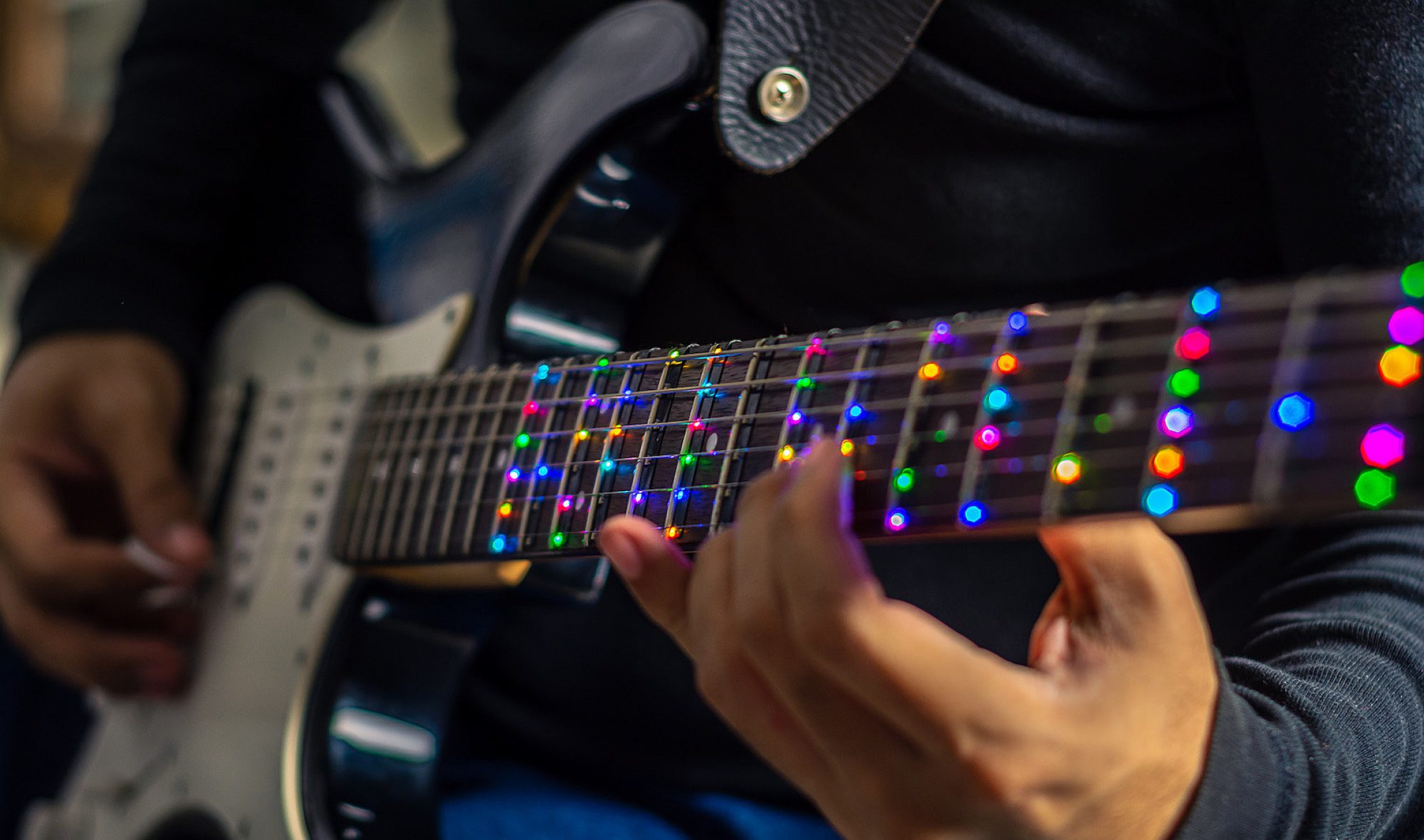This week I prioritized my time on integrating the Raspberry Pi further with the Teensy. This mainly included receiving feedback from the guitar and forwarding it to the website.
In order to implement this feature seamlessly from the front end, I took a top-down approach to transferring information between the systems. The main issue at focus was properly synchronizing the physical guitar’s state to the virtual one on the website. So to ensure the website always stays up-to-date, I added a javascript function that constantly requests feedback from the server once every 100 milliseconds. The feedback returned includes whether or not the player strummed correctly and a timestamp of the strum. If a note is correctly strummed, then the website updates the virtual guitar to stay in sync with the guitar and teensy. For the Raspberry Pi to retrieve feedback from the Teensy, it constantly reads from the Uart port for packets that include feedback from the user’s playing. We removed the blocking feature for reading from the Uart port as this incurred a significant time penalty for the website’s updates. Instead we opted for immediately returning even if there is nothing to read. This was the website can send multiple requests for feedback every second without waiting for actual user input. In addition to receveing information from the Teensy, I have reworked to the file transmission and now the Pi now sends even more metadata to the Teensy including the tempo for the speaker metronome, the volume for the metronome, and the playing mode.
For next week I would like to implement a way for the user to view the statistics gathered from their playing data. Additionally, I am looking to implement the “scales” mode that just shows the user all the notes of a particular scale.

18500 Capstone Project by Owen Ball, Ashwin Godura, & Tushaar Jain